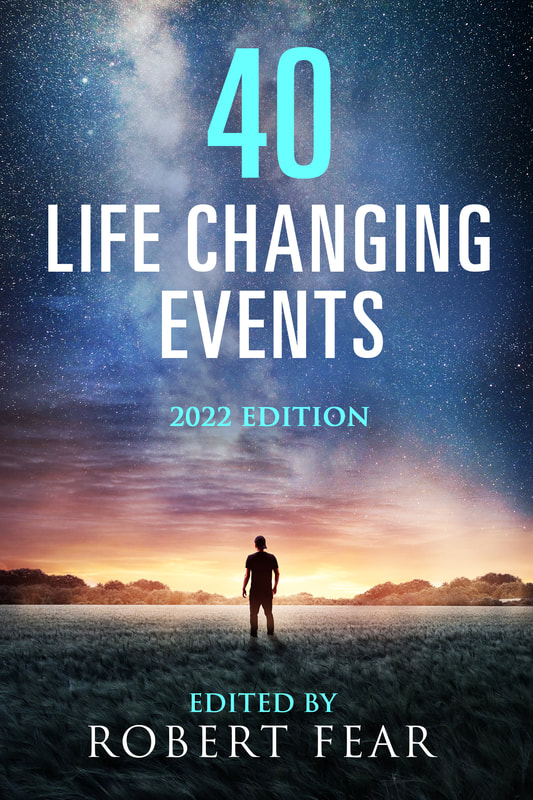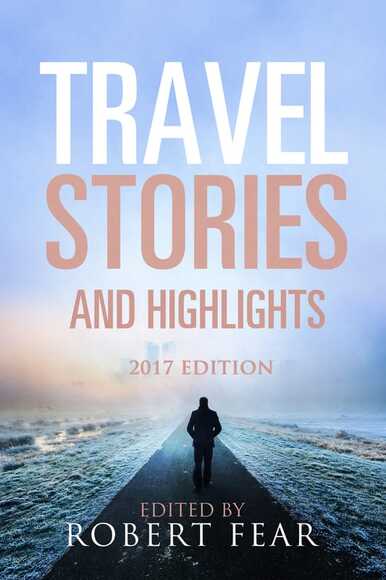Lost in Spain by Rita M. Gardner
Last year I flew to Spain to join a group of writers on a mission. Our assignment: to chronicle our personal experiences in the Andalusia region for a future book. As the taxi approached the hotel in Seville, I was ready to capture the myriad images already competing for attention. Checked in and unpacked, it was time to explore the city in earnest. Reaching for the camera, I made the terrible discovery. It was gone.
What to do next? The profound feeling of loss had little to do with the money it would take to replace the camera. Outside the window, a tinkle of laughter signaled the arrival of the rest of the writers checking in to the hotel. I’d only met a few of the participants and had been looking forward to enjoying our adventures ahead. Meeting my fellow writers that first night, I immediately blurted out about my loss. Their sympathy did nothing to make me feel better.
Later I posted a note to friends on Facebook, eliciting further commiserations. One succinct message struck hard: “That’s a bummer. Oh well. Move on.” I suddenly realized how often I used my photography as an expression of myself. Who would I be without my camera?
At first, I felt handicapped. But as the days began unfolding like a fan in the supple wrist of a flamenco dancer, Andalusia’s charms began to unfold as well. The itch to frame a shot and to reach for my camera at just the perfect time to capture the right moment before it disappeared was still there. But slowly, the tight grip on my loss started to loosen, and I began to open myself up to the experience itself, rather than what could be done with that experience.
As the week went by, I roamed down the impossibly narrow streets of Seville and got lost in a maze of alleyways. At Plaza de la Alfalfa, a welcoming café on the corner beckoned. Sitting at an outdoors table, I felt part of the scene. Each day brought a new tableau. An older woman walking a fluffy dog apologized as her pooch sniffed my leg. Two girls about ten years old skipped across to the plaza, holding hands and giggling. A middle-aged fellow holding a beer bottle called out to a friend from a bar across the street. Dressed in sweat pants and sporting a man-bun, he trotted by my table, stomach jiggling under a faded T-shirt.
“Oye, Rafael, es la hora de Cruzcampo, hombre!” “Hey, Rafael, it’s the time for Cruzcampo, man.”
I wondered what he meant by that. Instead of taking notes for story ideas or thinking about lost opportunities for photographs, I just absorbed my surroundings--and eventually went inside the café to pay. There I asked the waiter what the hour of Cruzcampo meant, and he laughed.
“Hay un dicho aqui.” “There’s a saying here,” he began. It turns out Cruzcampo is a famous Spanish beer, and lunchtime (or any time, he winked) is the right time for their favorite brew. At the saloon up the street, the man-bun guy held forth with his arm flung around a buddy, presumably Rafael. They were both deep into their brews, clearly in no hurry to be anywhere else. Ambling back to the hotel, I realized I’d neglected to ask the waiter why a plaza was named after alfalfa. Next time.
The following days were a blur of activity as our group fanned out across Seville and beyond. One night we gathered to walk to dinner and the atmosphere seemed charged, as if a lightning storm had just touched down. It was just before Easter week, a period of anticipation for the holy celebrations to come. In the old part of the city, our group stepped into a throng. Families swept in and out of churches, lighting candles and praying for their loved ones, while we were swept up in a flowing procession. We were suddenly surrounded by a life-size statue of Jesus with a crown of thorns on a float being carried by costumed men. Incense billowed up into the night sky, a fog of spices and herbs hinting at ancient rituals. Priests waved crosses high in the air and a brass band began to play and march in step. Candles flickered, a phosphorescent wave in a moving sea. Streetlights illuminated the scene in soft amber as drummers banged on their instruments. On the second story of an apartment building, three teenage girls in short skirts emerged on a balcony. Backlit, they shook their hips to the drumbeats and shot kisses to the young men in the band, the secular and sacred twined and spinning together. For just a second I wished really hard that I could capture that joyous moment with my camera, and then I just let go and let the night wash over me in its exuberant cloak of colors and sound.
On my last day in Seville, I treated myself a massage at a bathhouse built on the site of ancient Roman ruins and an Arab palace dating from the sixteenth century. Its brochure described the temperatures of the different baths—the Tepidarium, the Caldarium, and the Frigidarium. I submerged myself in the various pools and rooms until I’d been heated, cooled, salted and warmed all the way through to my bones. A masseuse approached and led me to a darkened room. As her fingers worked their way along muscles and tendons, my body heard, and then felt the Spanish guitar and haunting sounds of an oud as her fingers traced lyrical patterns until all was sensation.
I never did get around to having a Cruzcampo, or find out why my favorite plaza was named for alfalfa, but I flew home full of memories and stories. And a few pictures too; I still had my phone to capture some snapshots. Shortly afterwards someone posted a challenge online to write a story in four words. This is mine: “Lost camera. Found self.”











